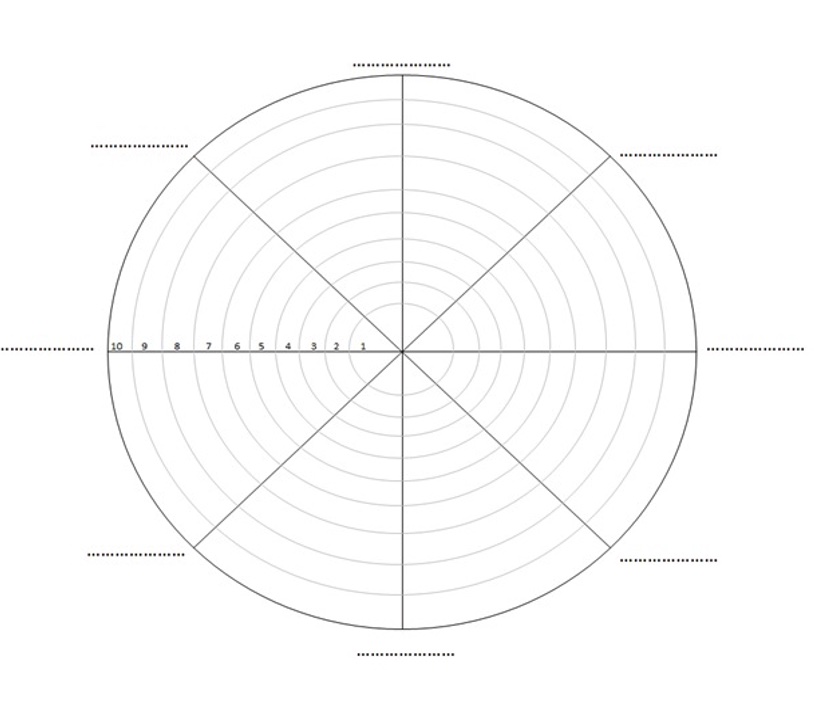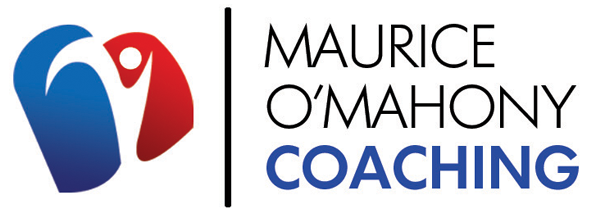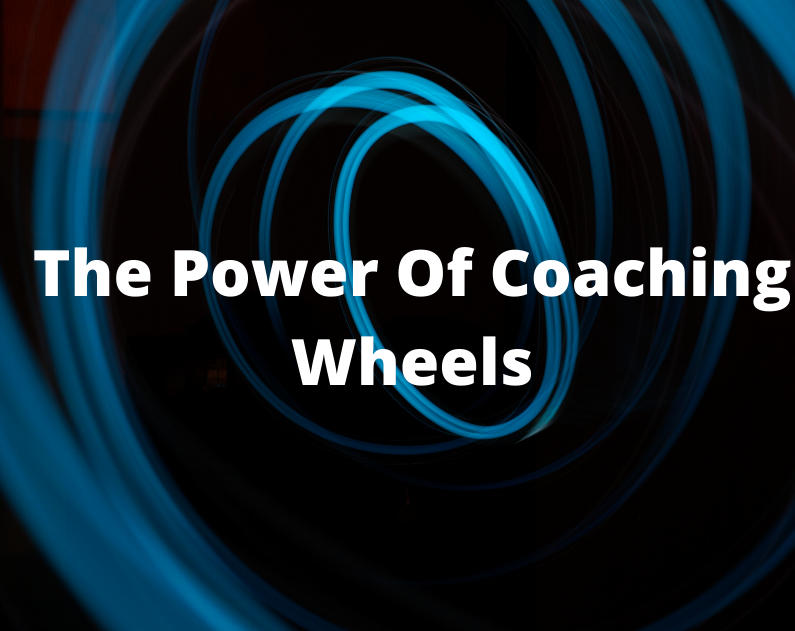Where would we be without the wheel?
It is believed that the wheel was invented by the Mesopotamians around 3500 B.C. Wheels have never looked back and their impact on all aspects of our everyday lives is immeasurable.
Wheels are also an essential part of the coaching and management professions. They are so simple yet so powerful. They are a great starting point for conversations and engagements and are incredibly flexible whether you are working with someone in a business or personal coaching context.
You can use a Coaching Wheel for any topic. For example, Management Competency Wheels can cover areas like communication, decision making, planning, change management etc. Job performance wheels can help you look at topics like role clarity, team participation, organisation skills and so on. Leadership wheels can be used to examine and discuss strategy, motivation, problem solving, culture to name a few. Their application and usefulness is infinite

So how do you use a Coaching Wheel?
Step 1 : Present the person with a blank wheel (see my example) and ask them to fill in each segment with a subject title that they want to discuss and explore (alternatively you can present the person with a pre-populated wheel with some of the titles as outlined in earlier examples)
Step 2 : Ask the person to score themselves on a scale of 0 to 10 in terms of their current satisfaction level in each segment (0 is the lowest score while 10 is the highest)
Step 3 : When they have filled in a score for each segment, ask the person to select one segment that resonates particularly with them (note : its always good to ask them to pick a high score to start with as it gets the conversation flowing). Ask them to describe what their score looks like to them. This establishes a very clear picture of what the person’s current reality and starting point is.
Step 4 : Ask the person what score would they like to give themselves in the future. So for example, the person may have scored themselves at a 5 and would like to get to a 9. Ask the person to describe what the new higher score would look like for them. This is an excellent way of helping the person to visualise their desired future state. Try to get them to describe it in as much detail as possible.
Step 5 : Ask the person how will they get from their current score to their desired future score. What are the key steps and actions they would need to take to enable this to happen? What are the strengths and resources that they will call upon to help them in this regard? What supports do they need from other people, including you?
Step 6 : Agree on a key set of SMART goals and actions that the person will take in a defined time period (make sure the actions are realistic and achievable).
Coaching Wheels are simple and powerful. They help people to gain clarity around their current reality and help them to identify goals and actions that will move them forward to where they want to be.
How could you use a Coaching Wheel today?

